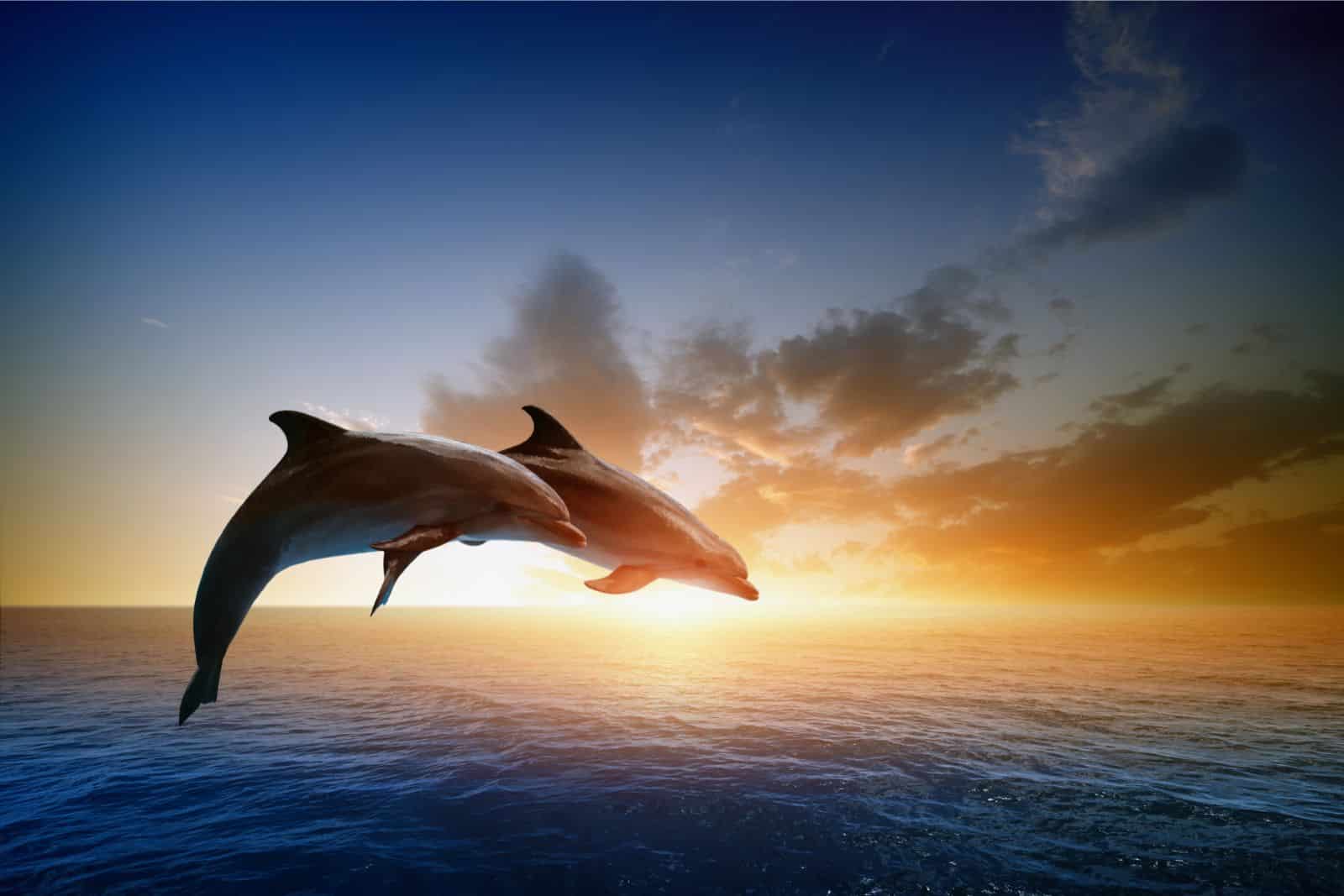Dolphins in Scotland
Dolphins are known for their playful and intelligent nature, and these creatures can be found all over the world, including the waters of Scotland. Dolphins have become a popular attraction for tourists, as well as a subject of interest for marine biologists and conservationists.
Scotland’s coastline is home to a variety of marine life, including bottlenose dolphins, the most common dolphin species found in Scottish waters. The Moray Firth, located on Scotland’s north-east coast, is a particularly important area for these intelligent creatures. This area is home to a resident population of around 190 bottlenose dolphins, making it one of the largest populations of this species in the world.
Bottlenose dolphins in Scotland can often be seen swimming and playing in the waters of the Moray Firth, but they can also be spotted in other locations along the country’s coast. These dolphins are known for their distinctively curved mouths and their intelligence, making them one of the most popular and well-loved marine animals in the world.
One of the reasons that bottlenose dolphins are so beloved is their playful nature. These creatures are often seen leaping out of the water, performing flips and other acrobatic stunts. They are also known to swim alongside boats and interact with humans, which has led to the development of dolphin watching tours and other activities that allow people to get up close and personal with these animals.
However, it’s not all fun and games when it comes to Scotland’s dolphin populations. These animals face a number of threats, including pollution, habitat destruction, and overfishing. These threats can lead to declining populations and can also have a negative impact on the health and wellbeing of individual animals.
Conservationists are working to protect Scotland’s dolphin populations by educating the public about these animals and advocating for better protection measures. One of the key ways that these efforts are being carried out is through research and monitoring programs that track dolphin populations and behavior. By better understanding these animals, conservationists can work to develop effective conservation strategies that protect both the dolphins and their habitats.
One example of these efforts is the Scottish Dolphin Centre, which is located in the Moray Firth and is run by the Whale and Dolphin Conservation Society. The centre provides information about the local dolphin population, as well as education and conservation initiatives. The centre also provides opportunities for visitors to observe and learn about these animals in their natural habitat.
Another important initiative for the conservation of Scotland’s dolphins is the Scottish Marine Animal Stranding Scheme (SMASS). This program is dedicated to investigating the causes of marine animal strandings and deaths, including dolphins, and provides valuable information about the health and wellbeing of these animals. By understanding the factors that contribute to dolphin deaths and injuries, conservationists can work to develop effective strategies for protecting these animals and their habitats.
In addition to these conservation efforts, there are also a number of regulations in place to protect Scotland’s dolphin populations. For example, the Wildlife and Countryside Act 1981 provides legal protection for all cetaceans (whales, dolphins, and porpoises) in UK waters, including those found in Scotland. This act makes it illegal to intentionally kill or injure these animals, as well as to disturb them in their natural habitat.
Overall, dolphins are a fascinating and beloved part of Scotland’s rich natural heritage. While these animals face a number of threats, there are also many dedicated individuals and organizations working to protect them and their habitats. By continuing to educate the public and develop effective conservation strategies, we can ensure that Scotland’s dolphin populations thrive for generations to come.








